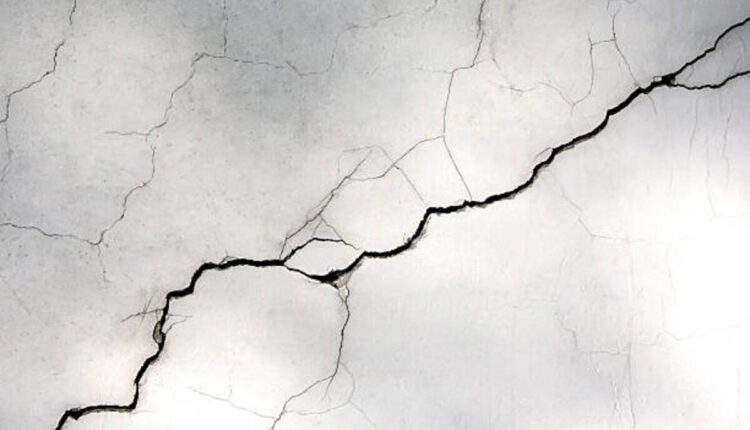Pressure grouting, also known as jet grouting or permeation grouting, is a widely utilized technique in the construction and civil engineering industries. It involves injecting grout material under pressure into the ground to fill voids, stabilize soil, or strengthen existing structures. This method has become an essential solution for addressing various geotechnical challenges, particularly in areas like New South Wales (NSW), and Australia, where complex soil conditions and infrastructure demands necessitate innovative construction techniques.
What is Pressure Grouting?
Pressure grouting is a controlled process where a liquid grout, typically a mixture of cement, water, and additives, is pumped into the ground through drilled holes or nozzles. The primary objectives are to:
- Improve the load-bearing capacity of soil.
- Fill voids and cavities caused by natural processes or human activities.
- Strengthen and waterproof existing structures such as dams, tunnels, and foundations.
- Control groundwater seepage and mitigate settlement issues.
The grouting material and pressure applied are tailored to specific site conditions and project requirements. This flexibility makes it a versatile technique for various construction and rehabilitation projects.
Types of Pressure Grouting
Pressure grouting can be broadly categorized into the following types:
- Permeation Grouting: A low-pressure technique where grout is injected to permeate and fill the pore spaces within granular soils without disturbing the surrounding structure.
- Compaction Grouting: A high-pressure method used to displace and densify loose soils, thereby improving their bearing capacity.
- Jet Grouting: Involves the use of high-pressure jets to mix grout with in-situ soil, creating cemented soil columns for structural reinforcement.
- Fracture Grouting: Aimed at creating fractures in cohesive soils or rock formations to enhance permeability or stabilization.
Pressure Grouting in New South Wales
New South Wales, with its diverse geological conditions and expanding urban and industrial developments, offers numerous examples of the practical application of pressure grouting. Some notable uses include:
1. Infrastructure Development
Pressure grouting has been instrumental in the construction and maintenance of infrastructure projects across NSW. For instance:
- Sydney Metro Tunnels: During the excavation of tunnels for Sydney Metro, pressure grouting was employed to stabilize weak soil zones and prevent groundwater ingress. This ensured the safety and efficiency of tunneling operations.
- Roads and Bridges: In areas such as the M4-M5 Link, pressure grouting has been used to stabilize embankments and enhance the load-bearing capacity of bridge foundations. It is particularly effective in addressing settlement issues in alluvial soils commonly found along riverbanks in NSW.
2. Heritage Building Preservation
NSW is home to many heritage-listed buildings that require careful maintenance and restoration. Pressure grouting is often used to strengthen the foundations of these structures without causing additional damage. For example:
- Queen Victoria Building, Sydney: Restoration efforts for this iconic structure included pressure grouting to stabilize its foundation, ensuring long-term preservation while maintaining its historical integrity.
3. Dams and Water Management
Dams play a critical role in water supply and flood control across NSW. Pressure grouting is frequently employed in dam construction and maintenance to prevent seepage and improve structural stability. Examples include:
- Warragamba Dam: As one of Sydney’s primary water sources, Warragamba Dam has undergone periodic maintenance using pressure grouting to seal cracks and reinforce the dam’s structure against seismic and hydrological pressures.
4. Mining and Resources
The mining industry in NSW benefits significantly from pressure grouting for ground stabilization and water control. Grouting is essential in preventing collapses and managing groundwater in mines such as those in the Hunter Valley coal region.
5. Urban Redevelopment Projects
In densely populated urban areas like Sydney, construction often occurs near existing buildings and underground utilities. Pressure grouting is a preferred method to minimize settlement and vibration impacts during excavation. For example:
- Barangaroo Development: During the construction of the Barangaroo precinct, pressure grouting was used to stabilize soft marine clays and ensure the integrity of adjacent structures.
Challenges and Considerations
While pressure grouting is highly effective, it requires careful planning and execution to achieve the desired results. Key considerations include:
- Site Assessment: A thorough understanding of soil properties and subsurface conditions is crucial for designing an appropriate grouting plan.
- Material Selection: The choice of grout material and additives must align with project requirements and environmental constraints.
- Monitoring and Quality Control: Continuous monitoring during grouting operations ensures consistent pressure, volume, and material delivery.
- Environmental Impact: Proper management of excess grout and containment of groundwater contamination is essential to minimize environmental risks.
Future of Pressure Grouting in NSW
As NSW continues to expand its infrastructure and address climate change challenges, the demand for pressure grouting is likely to grow. Advances in materials science and injection technology are expected to enhance the efficiency and sustainability of grouting methods. Innovations such as eco-friendly grouts and automated monitoring systems could further improve project outcomes.
Pressure grouting is a critical technique in modern construction, offering reliable solutions to complex geotechnical challenges. In New South Wales, its application spans diverse projects, from preserving heritage buildings to enabling cutting-edge urban developments. With its proven benefits and adaptability, pressure grouting will remain an integral part of the region’s construction and engineering landscape for years to come.
Read also: Cracked Concrete? Here’s How Professional Repair Can Restore It

